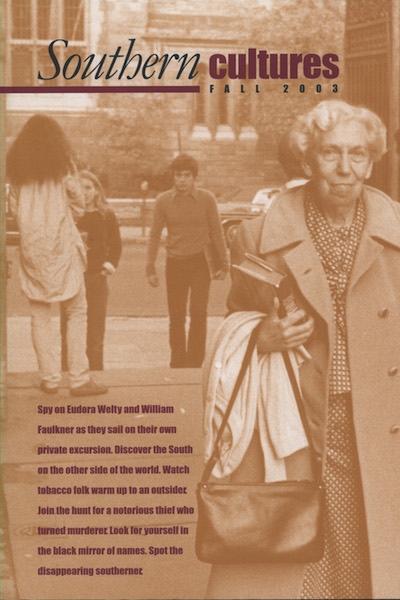“The medical costs of dying young appear to ring a heavier charge on the public purse than do the myriad ills of old age. Movies and television portray Big Tobacco as evil personified, the devil, the beast.”
“Someone in Chapel Hill actually thinks about tobacco?” I’ve heard this sentiment twice already today, but this time the speaker explains the surprise behind it: “Most days I think those folks don’t know what supports them.” I laugh my agreement, and we shake hands. She urges me to get a plate of dinner, pointing out that the hundred-odd people with nametags have already eaten. Besides, this is her home, and she insists. So I get a plate and fill it from the vats of meat and potatoes and green beans and corn. I grab a biscuit and a Styrofoam cup of iced tea, and take a seat. It’s noontime on the second day of the 2002 North Carolina Flue-Cured Tobacco Tour. After our meal we’re going down to the curing barns to see a state-of-the-art box-loading machine. The machine stands as the centerpiece of a prototype harvest-and-curing system that will get the leaf off the plant, precision-cured to its buyer’s specifications, and out the door—all without the touch of human hands. At the moment, though, the system is still under construction: modified school buses serve to carry the tobacco leaves to the box-loader, while Hispanic workers perched above the machine on frames rigged out of two-by-fours frantically rake the harvest up the conveyor belts.


